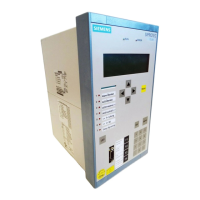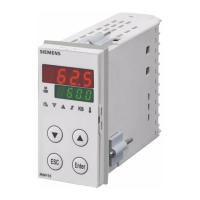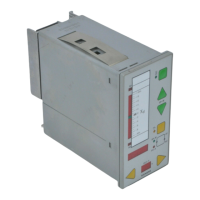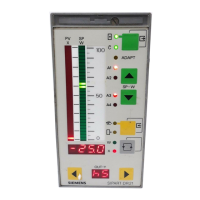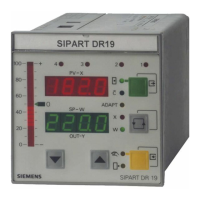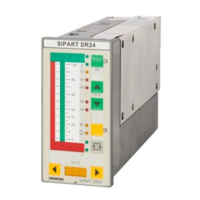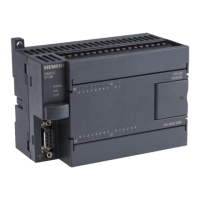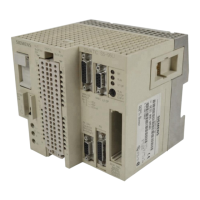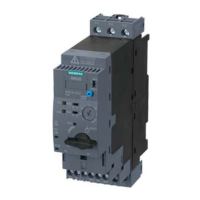Transmitted Data
The following data is transmitted from the PMU to the PDC:
•
Current and voltage phasors
•
Frequency
•
Frequency rate of change
•
Binary information
The current and voltage channels transferred from a PMU function group are selected through the Function
group connections editor in DIGSI 5. The frequency and frequency change rate are determined once per
PMU. In this case, only the current and voltage channels selected via the Function group connections editor
for this PMU are taken into consideration. You may route the binary information in the information routing
matrix of DIGSI 5.
The channel used for specifying the frequency is selected dynamically during the device runtime. Each
channel is checked for the presence of a signal in the following order:
1st 3-phase voltage measuring points
2nd 1-phase voltage measuring points
3rd 3-phase current measuring points
4th 1-phase current measuring points
The 1st measuring point found with a valid signal is used for specifying the frequency in the PMU function
group.
In the case of 3-phase measuring points, the positive-sequence system can also be transmitted instead of
3 individual synchrophasors. This setting can be made via the parameter (_:10621:103) Only positive
sequence.
PMU Communication (IEEE C37.118)
PMU communication according to standard IEEE C37.118 is a client-server communication format in which the
PDC (Phasor Data Concentrator) functions as both the client and the server.
Once the PDC has been successfully connected to the device PMU and the PMU configuration data has been
queried, the PDC initiates transmission of the synchrophasor data by sending a close command to the PMU. If
you use the method of spontaneous transmission via UDP, data output starts immediately after the device
boots without a close command to the PMU.
In addition to the phasors, the channel names of the routed measuring points and the binary information are
transferred. Per default, these are automatically generated by the respective PMU function groups.
Where applicable, you can also edit the channel names of the measuring point and assign a designation of its
own for this purpose. For more information, see chapter 6.4.6 Parameterizing the PMU with DIGSI. The names
for the binary information carried out are however, generally automatically generated by the respective PMU
function group and cannot be edited.
As an example, the names (generated) for measuring points or binary information may be as follows:
Table 6-5
Possible Measuring-Point Names
Name Displayed in the DIGSI Function
Group Connections
Depending on the Connection Type, Name Transferred to the
PDC (in case it cannot be assigned automatically)
Measuring point U-3ph 1[ID 1] MP-V3ph VAB ID01
MP-V3ph VBC ID01
MP-V3ph VCA ID01
MP-V3ph VA ID01
MP-V3ph VB ID01
MP-V3ph VC ID01
MP-V3ph V1 ID01
6.4.4
6.4.5
Function-Group Types
6.4 Function-Group Type Phasor Measurement Unit (PMU)
SIPROTEC 5, Fault Recorder, Manual 157
C53000-G5040-C018-5, Edition 11.2017
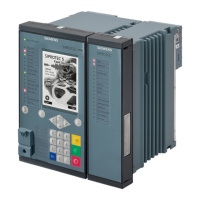
